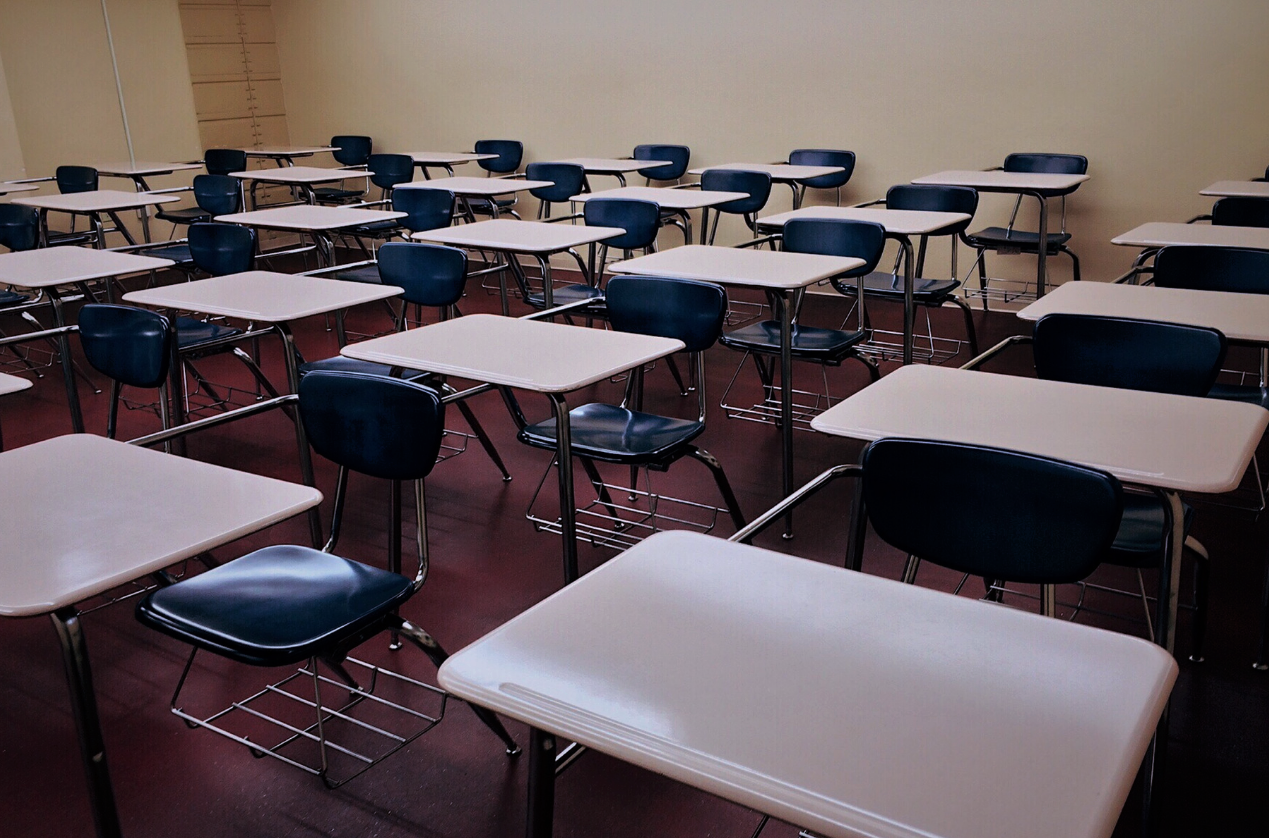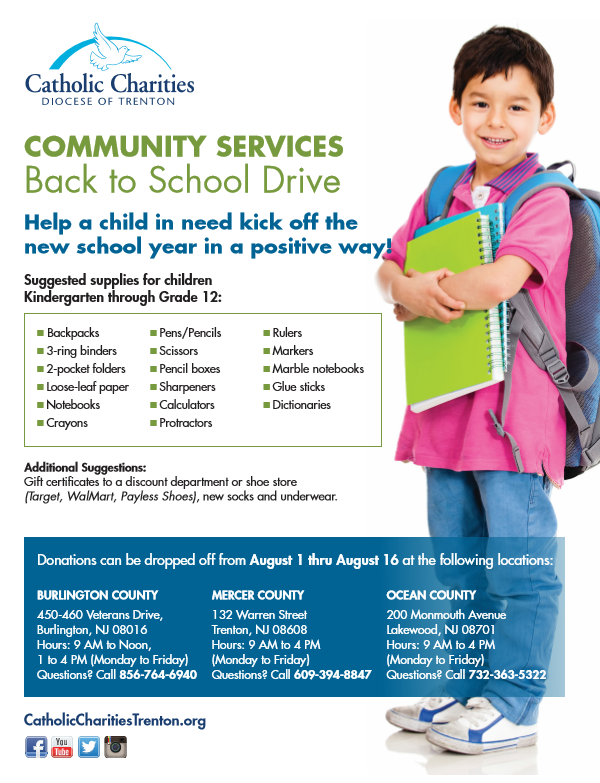Immigrant students: Empty desks make an empty future
 We’ve all been there. Once August rolls around, there can be a feeling of dread: It’s back-to-school time! That means countless shopping trips for rainbow pencils, puppy-covered folders, and starburst backpacks that will probably need to be replaced by Christmas break.
We’ve all been there. Once August rolls around, there can be a feeling of dread: It’s back-to-school time! That means countless shopping trips for rainbow pencils, puppy-covered folders, and starburst backpacks that will probably need to be replaced by Christmas break.
But for 44 million people in the United States, back-to-school time brings more than a groan and a new pair of shoes. It sparks a fear of deportation and the erasure of all progress their family has made in their new homeland. Today, about 44 million people living in the U.S. are immigrants from all over the globe.
A country of immigrants
There’s a persistent misperception among the immigration critics who support a border wall that most immigrants to the U.S. come from Mexico. In reality, only 26 percent are from Mexico, according to the Learning Policy Institute. Immigrant families migrate from all over the globe, including India, China, Russia, and more. And indeed, this country was built by immigrants.
One in four children in the U.S. today is the child of immigrants, according to the Learning Policy Institute. Of those, 90 percent were born here. Over 40 percent live in families in which neither parent is a U.S. citizen. That doesn’t mean they’re here illegally – they are documented, legal residents, but they’re unable to vote, leaving them vulnerable to others to decide on policies that so drastically impact their lives.
Besides having no voice in their own communities, more than half of these immigrant children live at the poverty line. Such trends can make for a tough childhood.
“Learning how to live in a new country brings challenges that can create a sense of depression, grief, and loss. It can be overwhelming for immigrant families to learn a new language and social norms, secure living and employment, and find and afford legal support to adjust their immigration status,” said Carmen Pagan, program director at Catholic Charities, Diocese of Trenton’s Ocean Community Services.
 Fear in the classroom
Fear in the classroom
Such trauma hits hard in the classroom. In 2018, researchers conducted a national survey of educators regarding immigration policies and how they affect teaching and learning in schools. More than 730 schools across 24 districts and 12 states responded. Hundreds of respondents reported that immigrant students, whether they were born in the U.S. or not, lived in constant fear that their families and friends, and occasionally themselves, would be picked up by immigration agents for incarceration and deportation.
That created difficulties for both parties: Teachers can’t teach terrified students, and terrified students can’t learn. In the survey, 90 percent of administrators reported observing emotional and behavioral issues among immigrant students. Almost 70 percent of respondents also reported that this sense of terror affected the whole classroom, even students in no danger of deportation. The students’ biggest fears were described as being left alone or left in charge of their siblings, with little knowledge as to how to be independent.
Sadly, such fears are grounded in reality: Many students reported multiple incidents of a relative or acquaintance being deported. These deportations often devastated the lives of those involved, who were left without enough income to fund their basic needs like food and housing.
Consequently, absenteeism often can be higher for immigrant children, whose families rightly fear they’ll be targeted for immigration enforcement. Stories abound of ICE disrupting school days to pull children out of class for deportation. 
“A child’s legal status in the U.S. should not be the main object of attention. Their safety and well-being should be the first consideration. Avoiding family separation should be a priority too. Schools must do all they can to protect students and ease their fears of those in authority so that the child is not further traumatized,” Pagan explained.
Fortifying our nation’s future
For immigrant youth, these trends threaten to have lifelong impact. After all, anyone who grows up without a stable, good education is less likely to become a productive member of society.
The nature of immigration also can create an identity crisis for children.
“Children assimilate to their new culture, but here, discipline and expectations can be very different from their home countries. That can create a rift in families, with parents who did not foresee their children becoming a part of a new world. In addition, for these children, migrating was not really their choice, so there can be a sense of rootlessness – that they are not a part of the U.S. nor their native country,” Pagan said.
That’s why it’s so important for the community to make immigrants feel welcome.
If you or someone you know needs immigration or essential-needs assistance, call Catholic Charities, Diocese of Trenton‘s Access, Help and Information Center at 1-800-360-7711. Immigration services include legal assistance, translation services, ESL and citizenship classes, and job-skills training. We also provide basic needs and self-sufficiency assistance, including rapid re-housing and temporary housing, a food pantry, free clothing, household goods, disaster response, and mental health services with specialized counseling for children who have experienced trauma.
To continue supporting the students in your area, please consider donating to Catholic Charities Diocese of Trenton’s Community Services Back to School Drive. We will be providing children in need with the tools and supplies required for them to have the best school year ever. Please see below for how you can get involved.
Subscribe for more news
For more information: Trish Reilly, Catholic Charities communications, [email protected] or (609) 394-5181, ext. 1146.
To subscribe to our blog posts and news releases, fill out the fields below.
